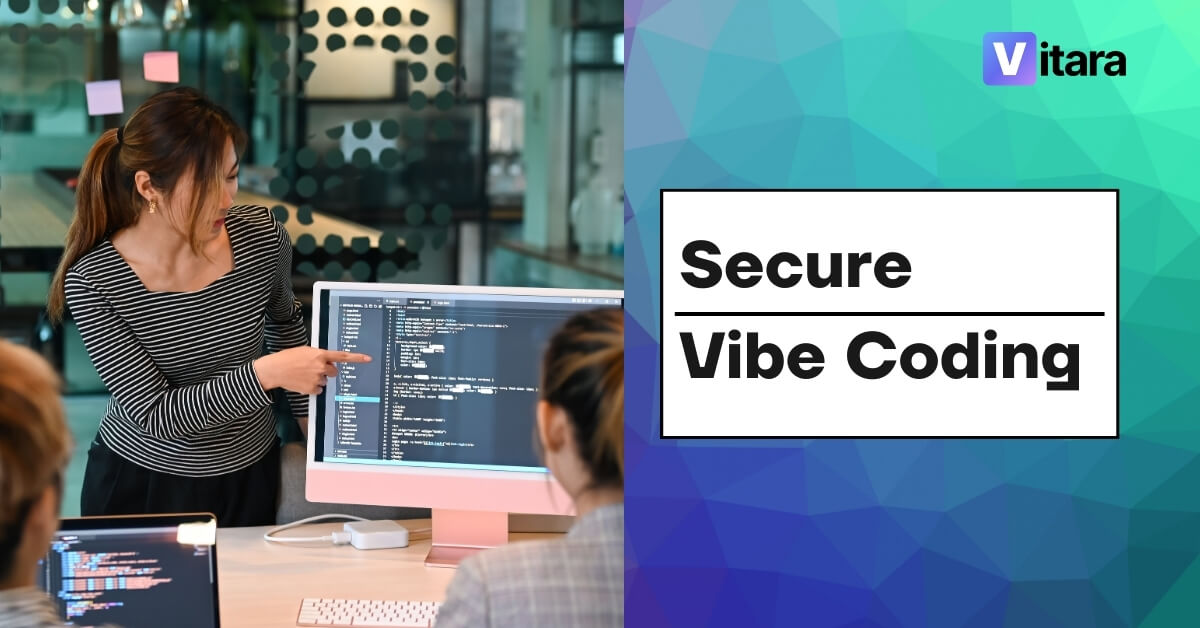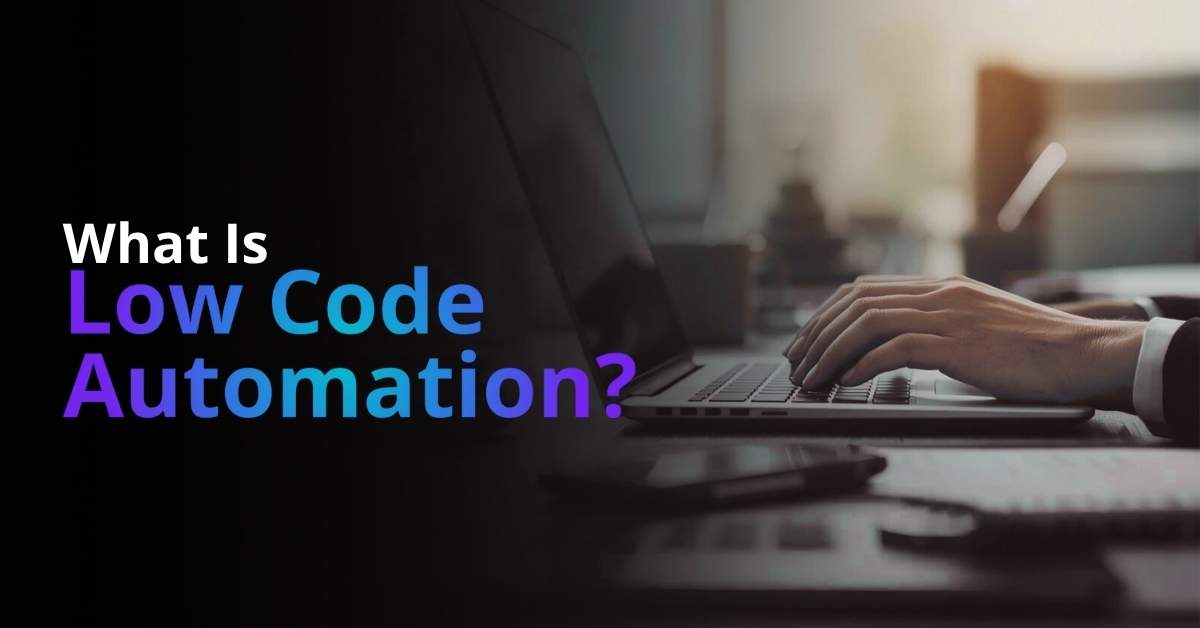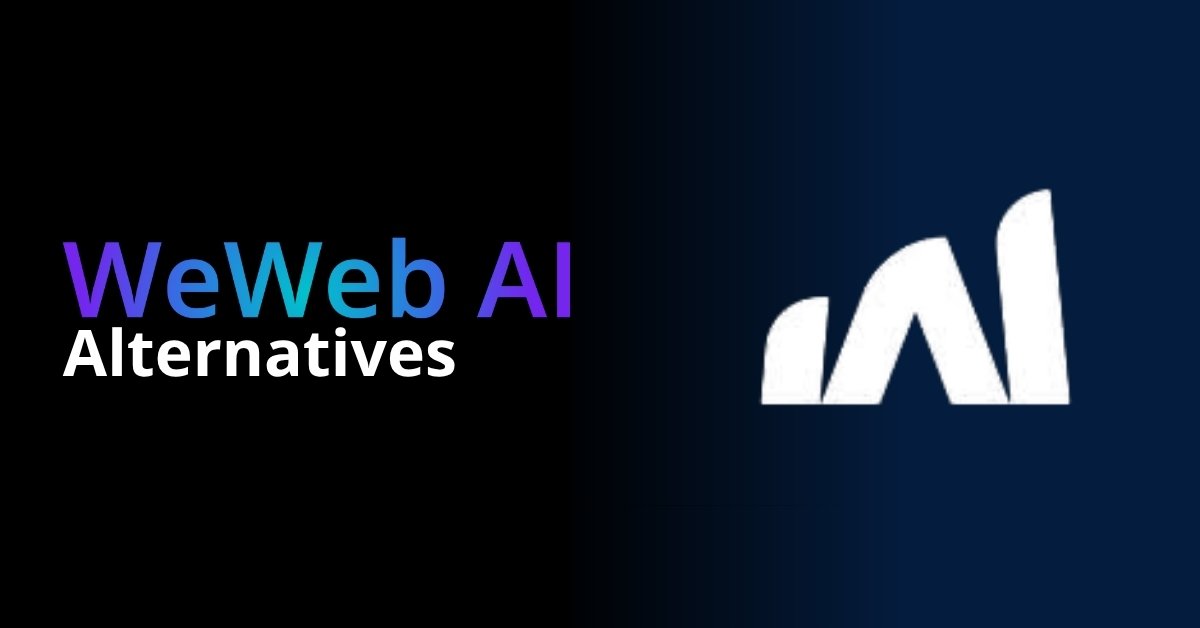Best Practices for Secure Vibe Coding

Vibe coding is transforming the way software is developed. By using natural language to generate code, it opens new possibilities for developers, startups, and creators. Building applications becomes faster and more accessible, even for those without a traditional coding background.
As this approach gains popularity, it’s essential to consider the security aspects. While the speed of vibe coding is exciting, maintaining security is crucial. Without careful attention, rapid development can lead to potential risks.
The adoption of AI-powered coding tools is on the rise. Studies have shown that developers using AI assistants can complete tasks significantly faster. For instance, a controlled experiment with GitHub Copilot revealed that developers completed coding tasks 55.8% faster compared to those without AI assistance . Additionally, the global AI market is projected to reach more than $305.90 billion in 2025, with an expected annual growth rate of 15.83% .
This guide shares best applied practices to keep vibe coding secure and help to understand how to vibe code securely.. It supports anyone building with AI-powered coding tools to stay safe while embracing innovation.
What Makes Vibe Coding Vulnerable?
Vibe coding is a powerful approach to software development. It uses natural language prompts to generate code, making development faster and more accessible. While this AI-driven development method encourages creativity and speed, it also brings new challenges in secure coding practices.
Speed Can Outpace Security
Vibe coding helps teams and individuals build features in less time. However, when coding moves quickly, important steps like code reviews and security checks are sometimes skipped. Secure vibe coding depends on staying alert to common risks, even in fast-paced workflows.
AI-Generated Code Needs Careful Review
Code produced by AI models often looks clean and complete. Still, it may include insecure defaults, missing validations, or outdated libraries. Secure AI coding requires extra attention to the logic and structure of AI-generated code to prevent hidden vulnerabilities.
Easy to Use, Easy to Misuse
Vibe coding lowers the barrier for new builders, which is a positive shift. But users unfamiliar with best secure coding practices may unintentionally introduce weak points. Without understanding safe defaults, they might expose data, use open endpoints, or skip authentication steps.
Cloud Tools Introduce New Considerations
Most vibe coding platforms are cloud-based. They support shared editing and instant previews, which improve team speed. Yet, if access controls are not in place, private code or data may be exposed. Secure vibe coding includes managing permissions and encryption for cloud environments.
Best Security Practices for Vibe Coding
Secure vibe coding brings together the speed of AI with the safety of trusted development habits. As more teams use AI-driven development to launch apps quickly, the need for clear, easy-to-follow steps to vibe code securely becomes more important. Such best practices help protect users, data, and systems without slowing down innovation.
Here are some security best practices for vibe coding.
Review All AI-Generated Code
AI tools help create full functions and components in seconds. This can save time, but it also means the code might include logic that was not intended. The secure AI coding starts with human review.
Always check the code for:
- Hardcoded secrets or tokens
- Unvalidated inputs
- Missing checks for roles or permissions
- Unfamiliar external libraries
Even when the code looks correct, make sure it follows the project’s safety standards. Use simple reviews and automated scanners to catch issues early. This keeps vibe coding safe without adding much effort.
Validate User Inputs at Every Layer
AI-generated code often builds input forms, APIs, and database queries in response to natural language prompts. If those inputs are not checked properly, they can become entry points for attacks.
To secure your vibe coding, make sure every input is validated:
- Check for the correct type and length
- Remove unexpected characters or symbols
- Use safe defaults for missing values
This applies to web forms, API parameters, and even internal functions. Input validation is a core part of secure coding practices and helps prevent issues like SQL injection or broken logic. When applied early, it protects the entire flow of AI-driven development.
Use Safe Methods to Manage Secrets
When AI tools generate code that includes database connections, APIs, or tokens, they may place those values directly into the code. This can lead to serious security issues if the project is shared or deployed.
To keep AI-driven development secure, always store secrets outside the code. Use environment variables or secret managers provided by cloud platforms. Avoid saving keys in public files or version control. Keeping sensitive data out of the codebase is one of the most effective practices for secure vibe coding.
Secure vibe coding means treating secrets with care, even in early stages of a project. When the right habits are used from the beginning, the risk of exposure stays low.
Choose Trusted Libraries and Dependencies
AI-generated code often includes third-party packages to handle tasks like authentication, routing, or formatting. While this saves time, not all libraries are maintained or safe to use.
To secure your AI coding you should check each package before adding it to a project. Look at the last update date, the number of downloads, and whether the project is actively supported. AI-powered platform like Snyk or built-in audits can highlight known risks and help you to code securely.
Using trusted sources helps prevent future issues and keeps the code stable. To secure your vibe coding, safety comes not just from the code itself, but also from the tools it relies on.
Set Proper Access Controls in Shared Workspaces
Leading Vibe coding platforms often support team collaboration through shared environments. While this speeds up development, it can also increase exposure if access is not managed well.
For securing your vibe code, you should assign roles based on the tasks. Limiting admin access to those who need it. Reviewing user permissions regularly and remove access that is no longer needed. Best practices for secure vibe coding means not just how the code is written, but also who can change it or view it.
Strong access control protects the project from accidental changes and keeps sensitive features secure during the development.
Keep AI Prompts and Code Logs Clean
Prompts used in AI coding tools can sometimes include business logic, user data, or even sensitive credentials. These inputs may also be saved in logs or version histories.
Securing your AI coding includes treating prompt inputs with the same care as code. Avoid adding private information or copying secure and sensitive content into prompts. If logs are stored, review and clean them to prevent data leaks.
Protecting what goes into the AI model is just as important as checking the output. Good habits around prompt management help maintain trust and safety in AI-driven development.
Encrypt Data in Transit and at Rest
Data often moves between systems during development and testing. If this data is not encrypted, it can be read or changed by others. This includes user information, session tokens, API responses, and more.
To secure your vibe coding, use HTTPS for all communications. Store passwords, tokens, and private data in encrypted formats using strong encryption libraries. Most platforms and cloud services offer tools to manage this easily.
Encryption keeps information safe during development and after deployment. It builds trust and adds an essential layer of security to AI-driven projects.
Build with a Security-First Mindset
Secure coding practices work best when they are part of the process from the beginning. Waiting until the end to test for problems can lead to delays and risks that are harder to fix.
In secure vibe coding, add security checks early. Use static analysis tools, follow clean code rules, and include tests that catch unsafe behavior. Keep documentation clear so future updates stay safe.
A security-first mindset for vibe coding helps teams move faster, not slower. When safety is part of the flow, projects stay strong even as they grow.
Conclusion
Vibe coding opens exciting possibilities for developing software faster and more creatively. By using natural language to generate code, it reduces barriers and helps more people take part in development. As this approach grows, keeping projects safe becomes even more important.
Secure vibe coding brings together speed, flexibility, and protection. When supported by best practices like reviewing code, managing secrets, and validating inputs, AI-driven development becomes both powerful and reliable.
Vibe coding tools make it easier to turn ideas into working software, but they must be used with care. Building securely does not mean slowing down. It means moving forward with confidence, knowing that the foundations are strong. With the right steps, vibe coding can stay safe, scalable, and ready for the future.


